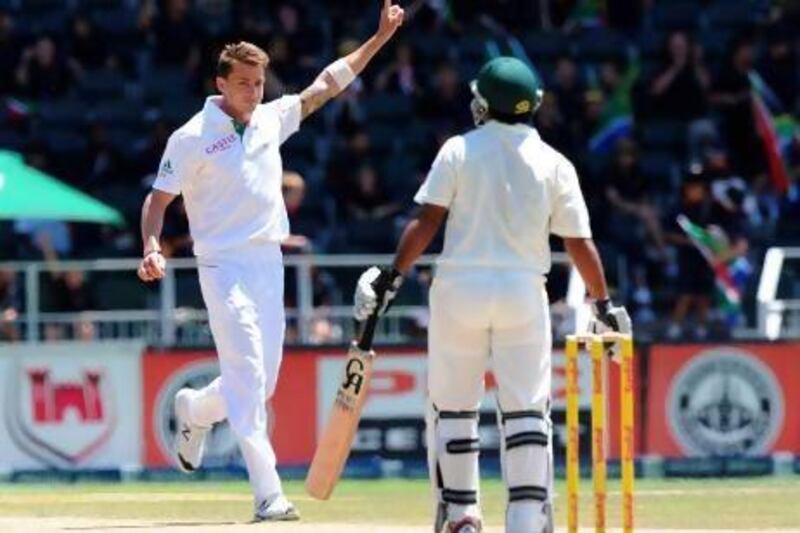Last week, when Pakistan collapsed to their lowest score in Test cricket at the Wanderers, it was the second time a team was bowled out for a double-digit score this year, both in South Africa.
First it was New Zealand, dismissed for 45 on the opening day of the first Test in Cape Town while Pakistan managed four more in their first innings in Johannesburg last week.
Since the start of this decade, there have been eight instances in which a team have been shot out for less than 80 and though Pakistan feature four times on that list, Australia and England figure on it as well.
In the previous decade, between 2000 and 2009, teams were bowled out for 80 or less in Test cricket on 17 occasions, making it the worst 10 year stretch as far as batting collapses go. In the 1990s, 1980s and 1970s, there were only five such instances each, while in the 1960s there were only two. The 1950s witnessed 15 such dismissals.
Why this surfeit of low scores in the modern era? Purists will immediately point to the advent of Twenty20 cricket. Only two of the 17 sub-80 dismissals in the 2000s happened after the first World T20 in 2007.
Of course, it would be naive to claim the newest form of cricket has not had any impact on the declining standards of Test batting. But perhaps, the bowlers are finally finding their way around the successive laws which restricted their trade.
Of the eight sub-80 dismissals this decade, South Africa and England have accounted for three apiece. And a look at their bowling attacks clearly suggests T20 cricket alone is not responsible for those successes.
Follow us
[ @SprtNationalUAE ]





